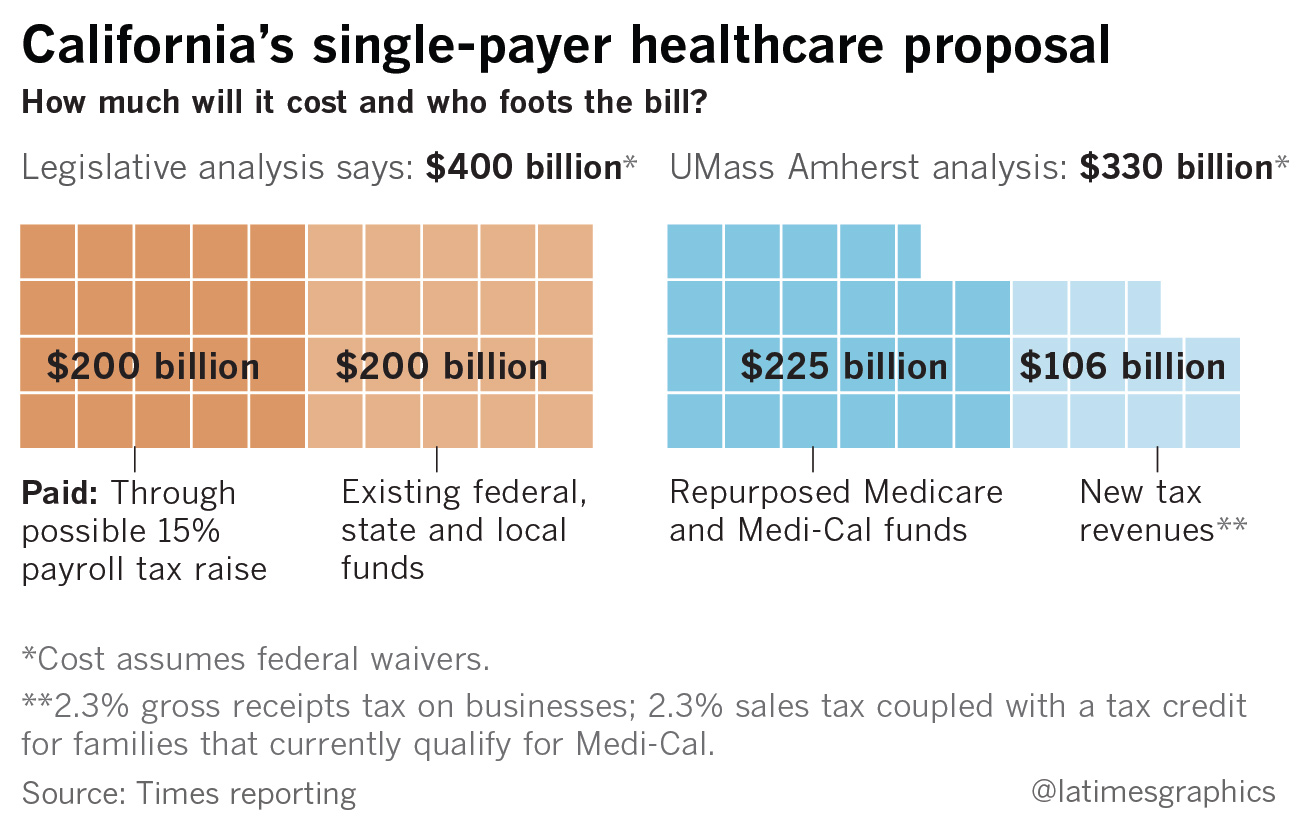Each country's having different policies and priorities has actually led to a variety of distinctions existing in between the systems. That said, each country provides public health care to all UK irreversible locals that is complimentary at the point of use, being spent for from general tax. In addition, each also has a personal sector which is significantly smaller than its public equivalent, with arrangement of private health care acquired by methods of personal medical insurance, moneyed as part of a company funded health care plan or paid straight by the client, though arrangement can be limited for those with conditions such as HIV/HELP.
These commissioning bodies do not provide services themselves directly, however procure these from NHS Trusts and Structure Trusts, as well as private, voluntary, and social business sector companies. Health care in Australia is offered by both personal and government institutions. Medicare is the publicly funded universal healthcare venture in Australia.
Medicare is funded partially by a 2% income tax levy (with exceptions for low-income earners), however mostly out of general revenue. An extra levy of 1% is imposed on high-income earners without private medical insurance. As well as Medicare, there is a different Pharmaceutical Benefits Plan that significantly subsidises a series of prescription medications.
Structure upon less structured structures, in 1963 the existence of a single-payer healthcare system in Spain was established by the Spanish government. The https://diigo.com/0jcpa9 system was sustained by contributions from workers, and covered them and their dependants. The universality of the system was established later in 1986. At the very same time, management of public healthcare was handed over to the various autonomous communities in the nation.
Furthermore, in parallel to the single-payer health care system there are personal insurers, which supply protection for some personal medical professionals and medical facilities. Companies will sometimes provide personal medical insurance as an advantage, with 14. 8% of the Spanish population being covered under personal health insurance in 2013 - why was it important for the institute of medicine (iom) to develop its six aims for health care?. In 2000, the Spanish healthcare system was rated by the World Health Company as the 7th best in the world.
Medicare in the United States is a public healthcare system, but is limited to individuals over the age of 65, individuals under 65 who have specific impairments, and anybody with end-stage kidney disease. A variety of proposals have been made for a universal single-payer healthcare system in the United States, among them the United States National Healthcare Act (commonly known as H.R.
On July 18, 2018, it was announced that over 60 House Democrats would be forming a Medicare for All Caucus. Advocates argue that preventive healthcare expenditures can conserve several hundreds of billions of dollars annually due to the fact that publicly funded universal healthcare would benefit companies and consumers, that employers would gain from a larger swimming pool of possible consumers and that companies would likely pay less, would be spared administrative expenses, and inequities between employers would be reduced.
Excitement About check here Which Of The Following Frequently Causes Health-care-associated Infections Of The Gi Tract?
At over 27 million, the number of people without health insurance coverage coverage in the United States is among the main issues raised by supporters of health care reform. Lack of health insurance coverage is connected with increased death about sixty thousand preventable deaths annually, depending on the study. A research study done at Harvard Medical School with Cambridge Health Alliance showed that almost 45,000 annual deaths are connected with a lack of patient health insurance.

Backers of single-payer or Medicare for All note that minorities and the poor, in addition to rural locals in basic, are less able to pay for personal medical insurance, and that those who can must pay high deductibles and co-payments that threaten families with financial destroy. Supporters likewise argue that single-payer could gain from a more fluid economy with increasing economic growth, aggregate demand, business profit, and quality of life.
Any national system would be spent for in part through taxes replacing insurance premiums, however supporters also think savings would be realized through preventive care and the removal of insurer overhead and healthcare facility billing costs. A 2008 analysis of a single-payer costs by Physicians for a National Health Program estimated the immediate savings at $350 billion per year.
Challengers argue that access to health care reduces under single-payer systems, which the overall quality of care suffers. Opponents likewise claim that single-payer systems trigger shortages of general physicians and specialists and lower access to medical technology. Government is progressively associated with U.S. healthcare spending, paying about 45% of the $2.
However, research studies have actually revealed that the publicly administered share of health spending in the U.S. might be closer to 60% since 2002. According to Princeton University health economic expert Uwe Reinhardt, U.S. Medicare, Medicaid, and State Children's Medical insurance Program (SCHIP) represent "forms of 'social insurance' combined with a mostly private health-care shipment system" instead of types of "socialized medicine." In contrast, he describes the Veterans Administration healthcare system Click for more info as a pure type of mingled medication due to the fact that it is "owned, operated and financed by government." In a peer-reviewed paper released in the, scientists of the RAND Corporation reported that the quality of care gotten by Veterans Administration clients scored considerably greater overall than did similar metrics for patients presently utilizing United States Medicare.

The act would establish a universal single-payer healthcare system in the United States, the rough equivalent of Canada's Medicare, the UK's National Health Service, and Taiwan's Bureau of National Health Insurance, among other examples. The expense was first introduced in 2003 and has been reintroduced in each Congress since.
676 was anticipated to be discussed and voted upon by the Home in September 2009, but was never ever debated. In the wake of Bernie Sanders' 2016 presidential campaign, in which a push for universal healthcare included prominently, single-payer proposals gained traction. Conyers reestablished his bill in the Home of Representatives in January 2017.
The Only Guide for How Do Health Care Tax Credits Work
In September of the same year, Sanders himself, together with 16 co-sponsors, presented a Medicare-for-all bill in the Senate (S. 1804). An analysis of a Mercatus Center research study of the 2017 proposal by economist Jeffrey Sachs discovered that "it rightfully and straightforwardly concludes that M4A would offer more health care protection at lower expense than the status quo, predicting a net reduction in national health expenses of approximately $2 trillion over a 10-year duration (2022-2031), while likewise making it possible for increased health care protection." The Congressional Budget Plan Office and related federal government companies scored the cost of a single-payer health care system numerous times given that 1991.
A July 1993 scoring also resulted in favorable outcomes, with the CBO mentioning that," [a] s the program was phased in, the administrative cost savings from changing to a single-payer system would balance out much of the increased demand for health care services. Later, the cap on the development of the nationwide health budget would hold the rate of growth of spending listed below the baseline." The CBO likewise scored Sen.
The study examined both direct expenses charged by insurers for revenue, administration and marketing but also the indirect problem put on health care companies like hospitals, nursing homes and physicians for expenses they incurred in working with personal health insurance providers including contract negotiations, financial and scientific record-keeping (variable and distinctive for each payer).